Cork is a unique material characterized by its porous texture, softness, and lightweight quality. Historically, architects from Frank Lloyd Wright to Eliel Saarinen to Alvar Aalto to William Massie have favored the naturally environmentally sustainable material. Cork was first introduced in the built environment in 1904 as flooring, which was disseminated widely by the ’20s. Into the ’30s, Wright favored the bark for its natural properties and look, incorporating it into his organic architecture projects (most notably in the bathrooms in Fallingwater, completed in 1937). There are also contemporary works deploying cork in pleasantly unexpected ways, like the raw cork floor in Massie’s American House in 2008. These new manifestations of the material—in furniture, interior design, and architecture—mark the beginning of a cork revival.
Cork has its drawbacks, and has thus remained a niche product: It is hand-harvested, and therefore expensive. When it is prepared for manufacturing, it is heavy to ship. Ten years ago, there were only a handful of cork molding producers around the world (mostly based in Spain and Portugal, where more than half of the world’s cork supply grows). But now more companies are willing to produce cork, and new facilities are even opening up to exclusively manufacture it.
Why? Designers and architects alike are thinking about how building materials can be utilized aesthetically, but also how they can create healthy living environments. What better than a completely non-toxic, waterproof, and highly insulating substance that is also a rapidly renewable resource? For these reasons alone, cork will become ever pervasive within architecture and design in years to come.
Sobreiro Collection
Campana Studio
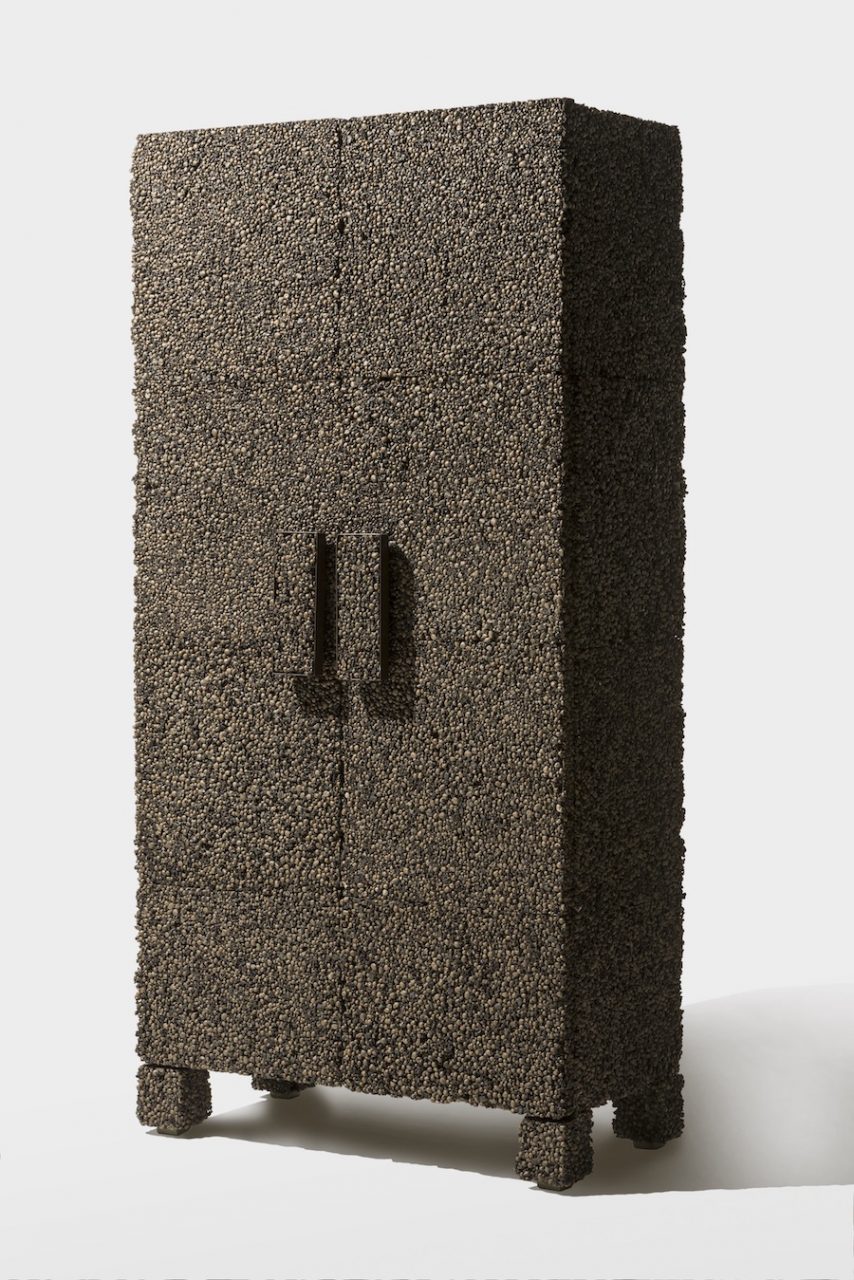

Humberto and Fernando Campana of Brazil-based Campana Studio designed a collection devised almost entirely of cork: a chair made from natural cork alone and three cabinets fashioned from a wooden structure made from expanded natural cork agglomerate (a material produced by heating the cork that does not contain any additives). The design duo spent time at the major Portuguese cork supplier Amorim to experiment and develop the materials they used to create the furniture before it debuted at the annual Experimenta Portugal arts and culture festival.
Drifted Stool
Lars Beller Fjetland for Hem
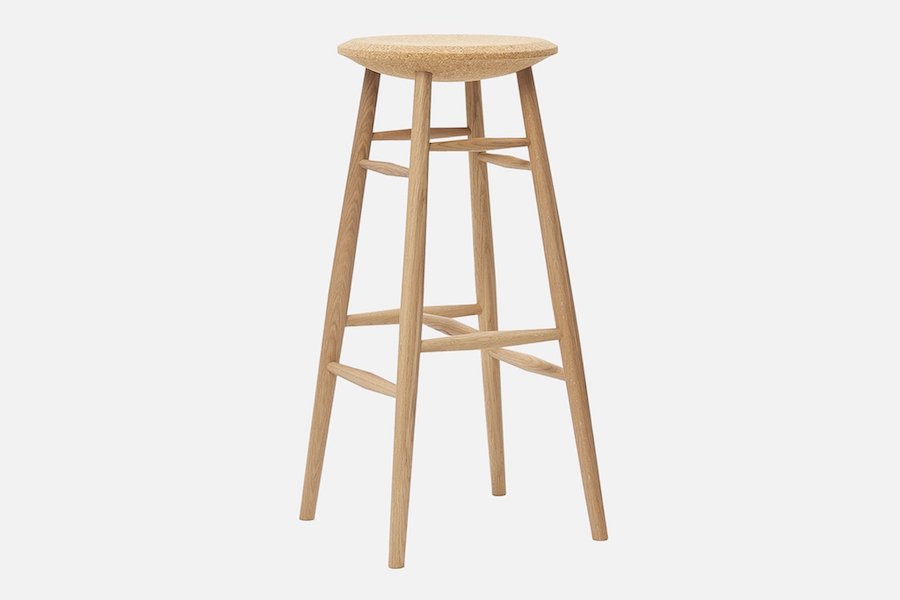
Norwegian designer Lars Beller Fjetland likes to make furniture from recycled materials. This charming stool is no exception. Inspired by pieces of misshapen, smooth cork washed ashore along the beach in the small Norwegian town of Øygarden, Fjetland concocted a stool with a warm oak frame that supports a seat made with both recycled and new cork.
ARMCHAIR
KDVA Architects
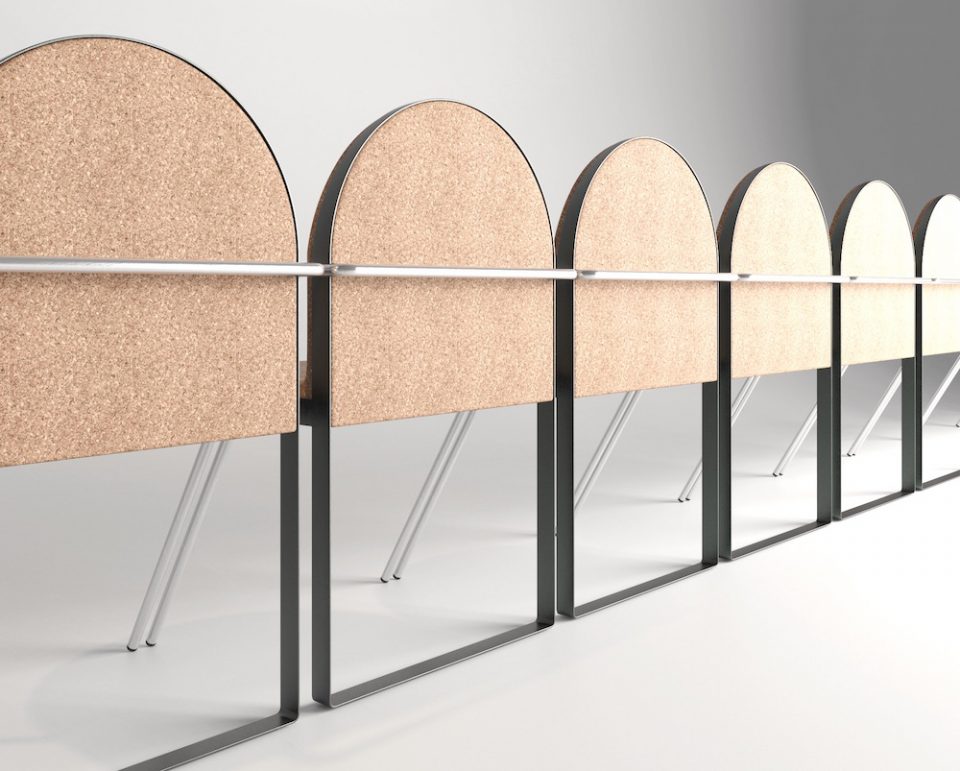
Russian architect Koloskov Dmitry of KDVA Architects dreamed up a cork and metal armchair that stays true to the classic form dating back 2,000 years. The chrome legs support the two arches that form the seat, attached together with just four screws. It is made to order, delivered all the way from Moscow.
Assemblage Side Tables
Alain Gilles for BONALDO

Belgium-based designer Alain Gilles designed a collection of whimsical wood-topped side tables supported by a bulging cork base. The interesting composition creates a dialogue within the piece itself, considering cork is generally thought of as lightweight but is supporting the heavier material. The raw base contrasts with the stained wood, almost as if the two entities were not meant to be paired together.
Dora coffee table
Gisela Simas for Epoca
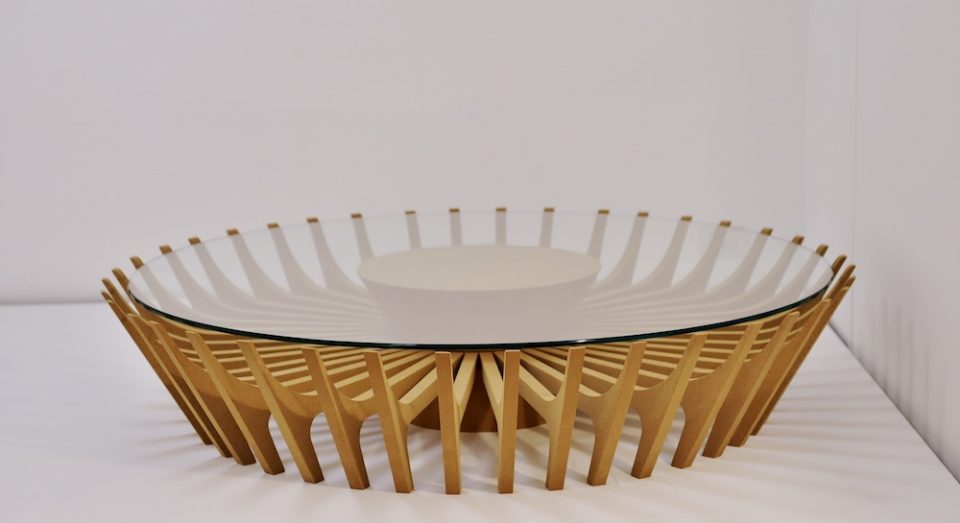
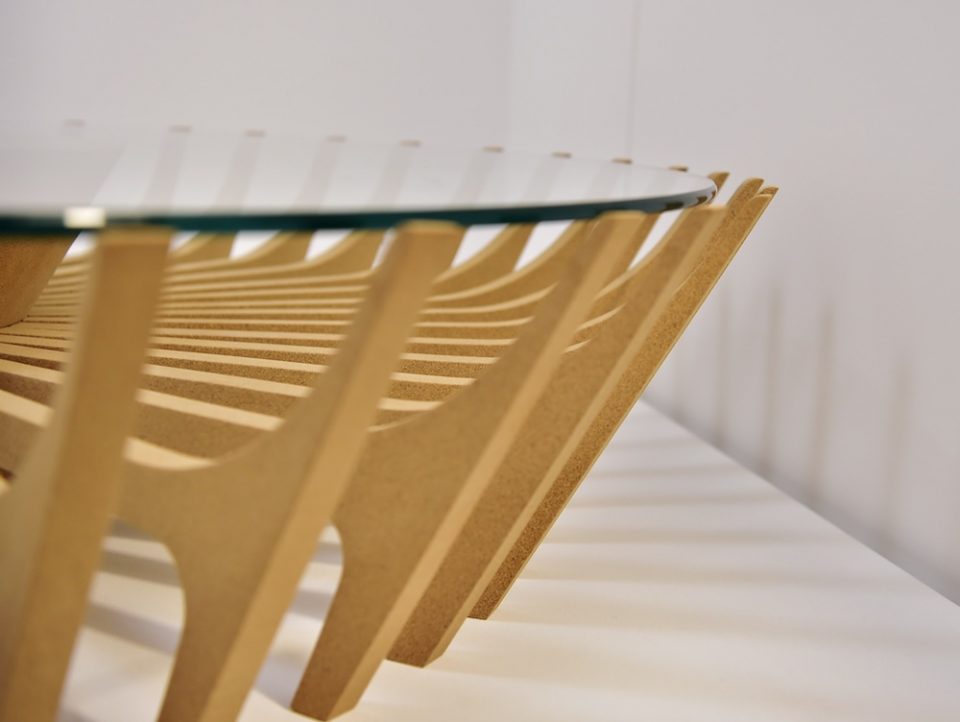
Brazilian designer Gisela Simas of Original Practical Design teamed up with Portuguese cork producer Amorim to develop a coffee table that was unveiled at the Rio + Design showcase at Salone del Mobile this year. The table features a circular form with spindle-like arms attached to a central supporting base.
COLUM(N) 3.21
Nova Obiecta

Parisian furniture purveyor Nova Obiecta offers a limited edition of 100 stools fashioned in cork and brass. The name 3.21 refers to the average ratio between each section of cork and the dividing brass ring. The solid volume comprises new, French-harvested bark and recycled particles.
KorQWalz Steel+Cork Pull up Chair
walzworkinc
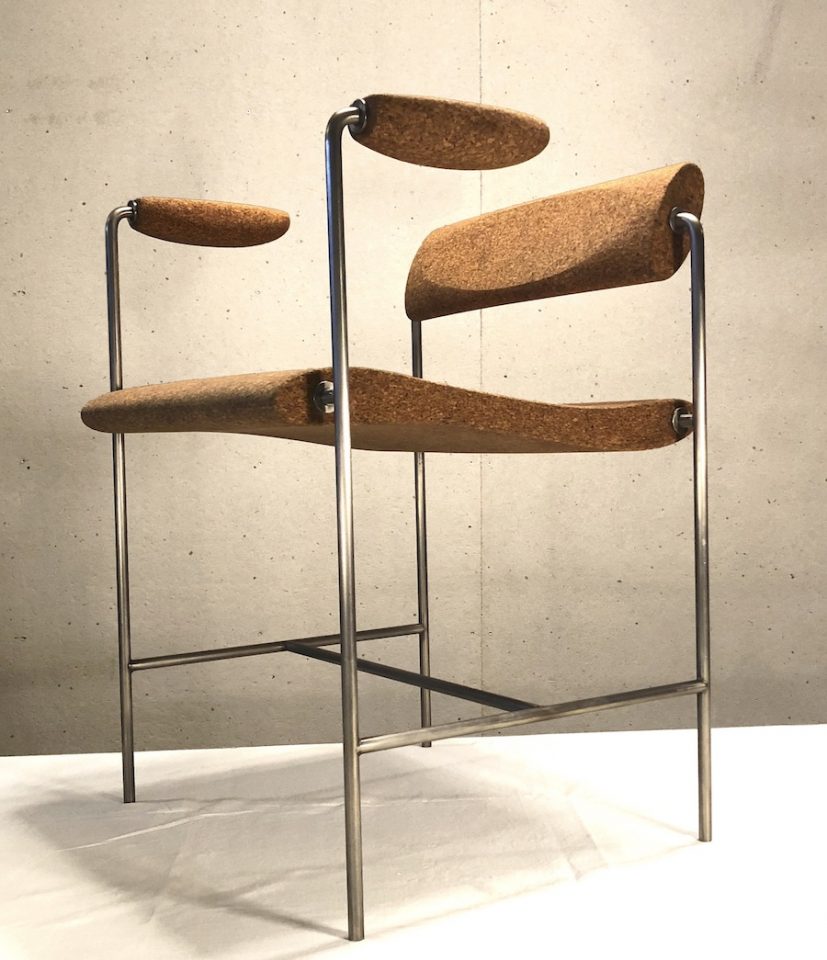
Kevin Walz of New York-based walzworkinc designed a curvaceous seat entirely made out of cork in 1998. Newly reissued and made to order, the cork and steel lounge chair provides natural ergonomics supported by new structural fittings.
GLAÇON end table
Lee West for Ligne Roset
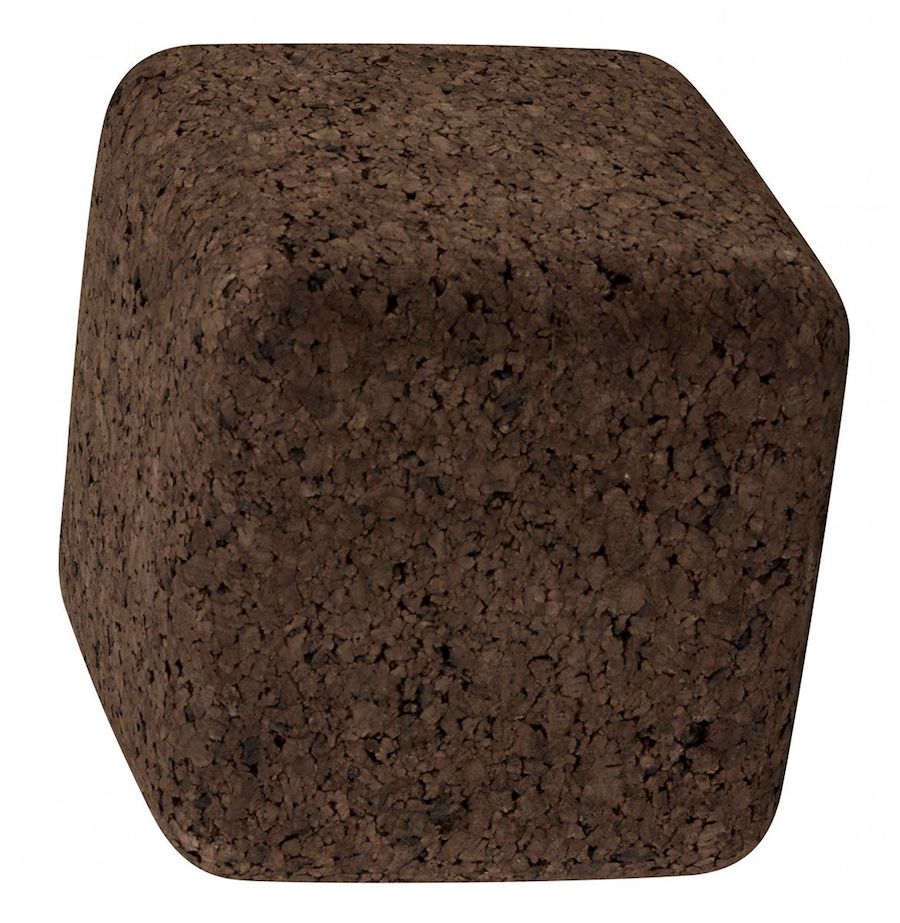
Independent, Paris-based English designer Lee West cooked up a sofa end table by heating expanded natural cork and coating it with a varnish. The lightweight material is then reinforced by injecting polyurethane foam inside, making it sturdy enough for resting legs, sitting on, or holding dinner plates.
Mini and Standard Sway Stool
Daniel Michalik for kinder MODERN
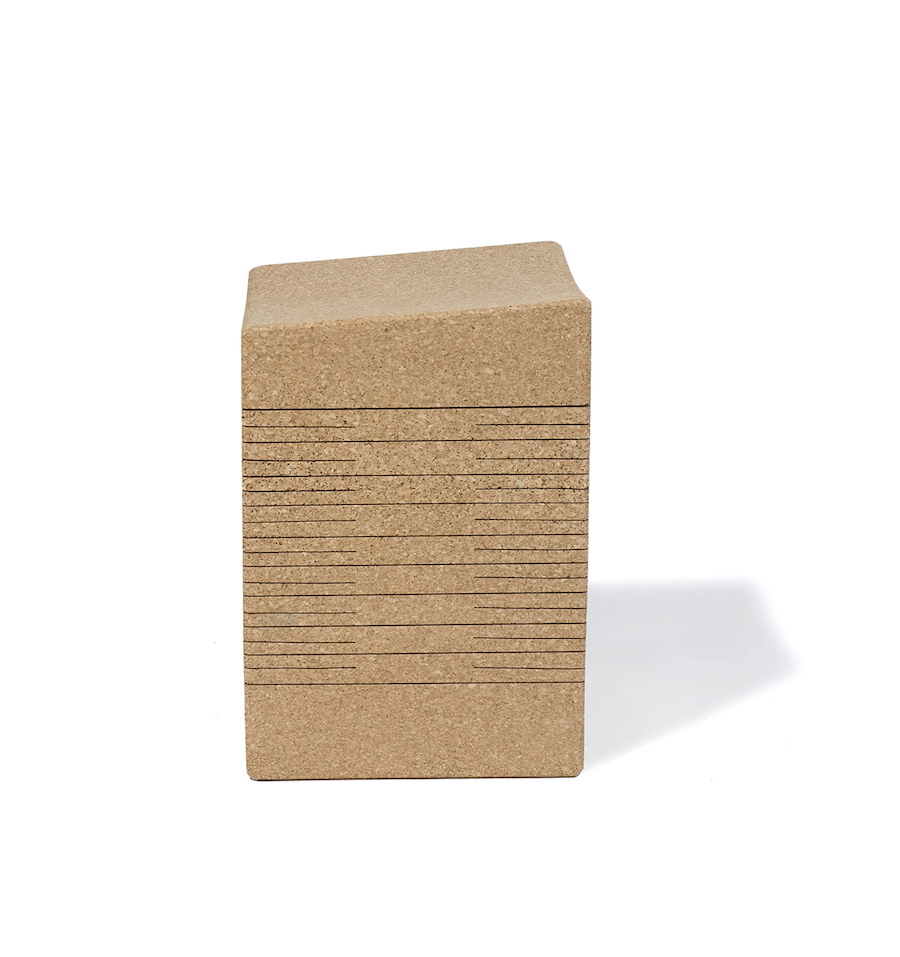
Aptly dubbed Mini and Standard, these children-and adult-size stools, designed by Daniel Michalik, flex and pivot under the weight of the sitter. Making calculated slices in a solid piece of cork, Michalik produces each seat himself with his simple yet laborious self-invented production process (which is why the lead time is 8–10 weeks).
Corkdrop
Skram
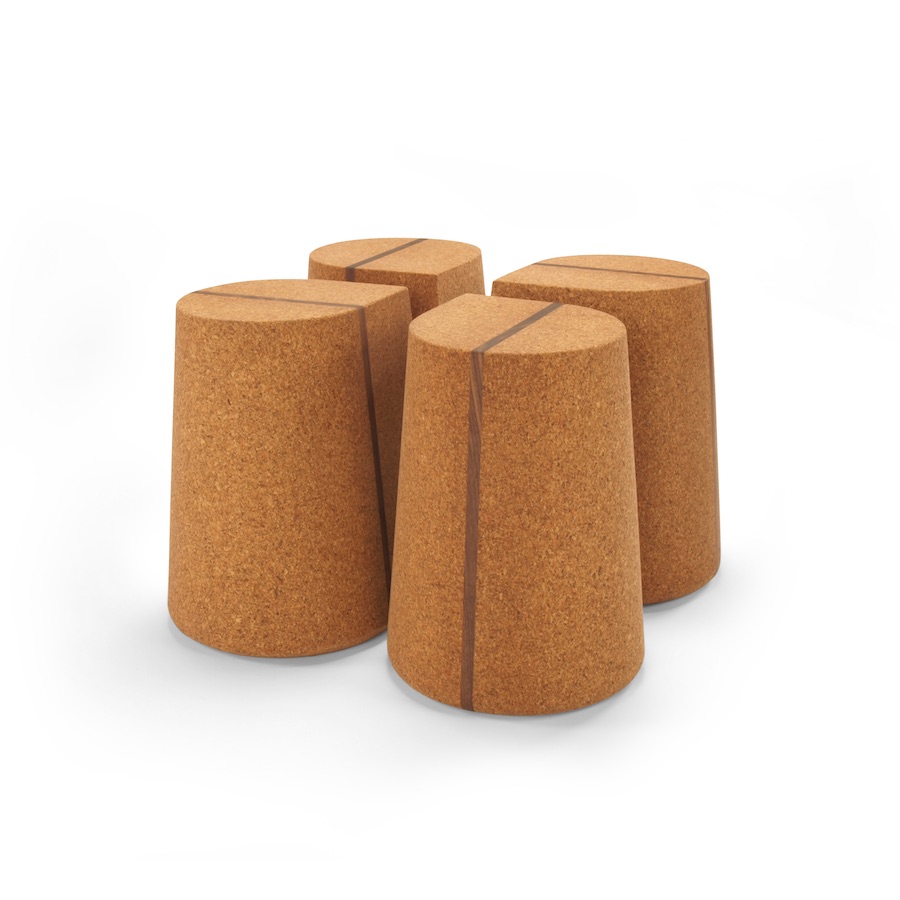
This stool/side table is made with a solid walnut core swathed in cork. Upon request, custom sizes are available.